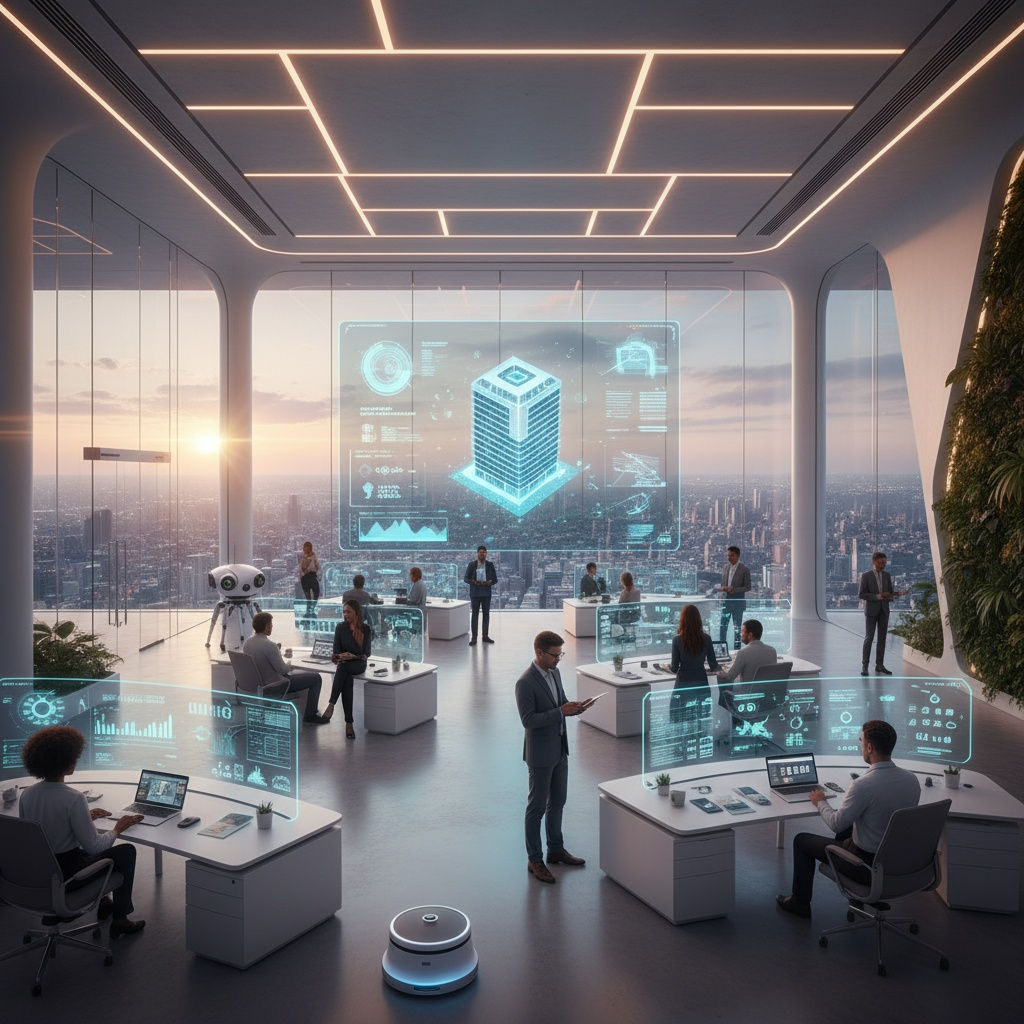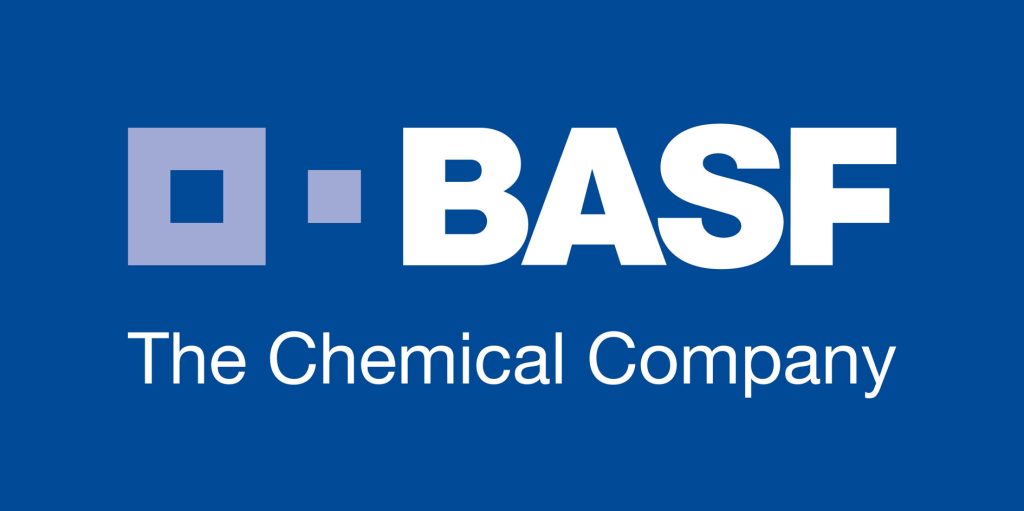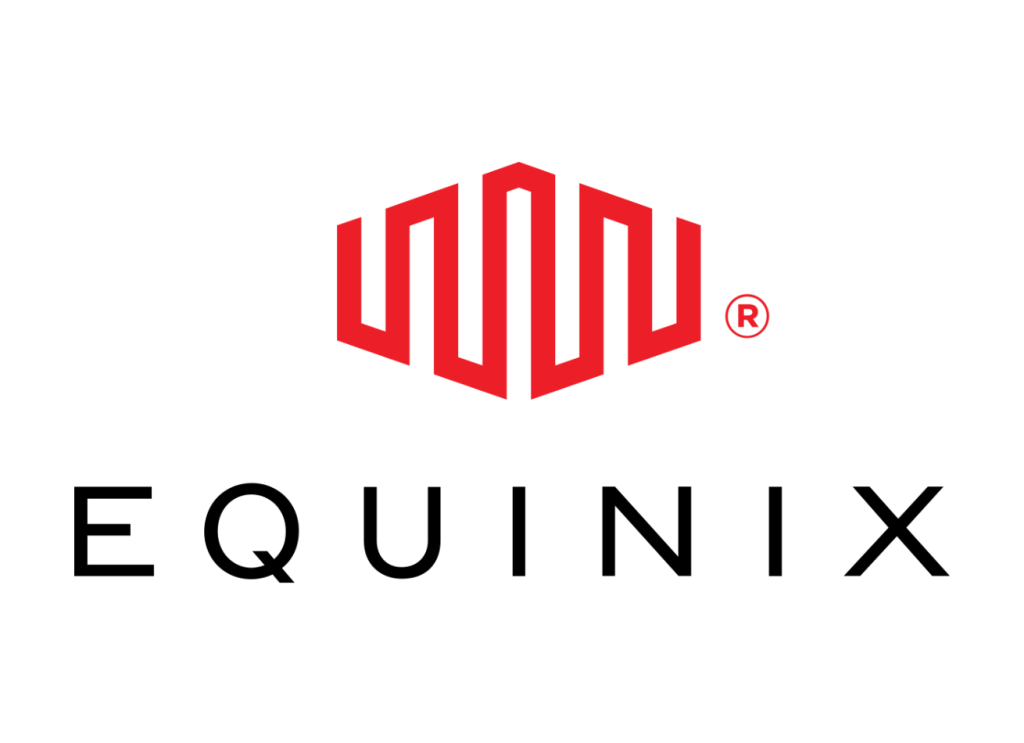Introduction: The Evolution of the Smart Commercial Space
The modern commercial landscape is in the midst of a profound transformation. Beyond aesthetic design and sustainable materials, the very functionality of buildings is being redefined by technology. At the heart of this revolution are Extra-Low Voltage (ELV) systems. Once considered a secondary component for security and basic communication, ELV systems are now the central nervous system of a commercial space, integrating everything from security and access control to lighting, HVAC, and data networks.
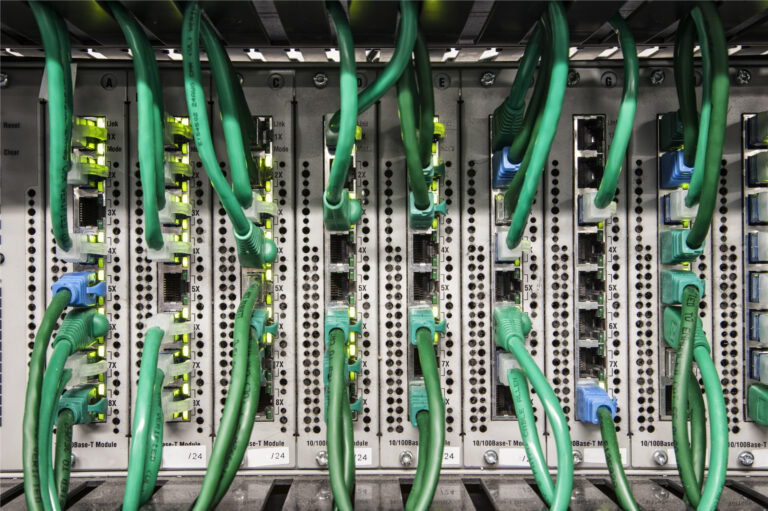
As we move into 2025, the synergy between technology and building management is no longer a luxury it’s a necessity for creating efficient, secure, and intelligent environments. For businesses in the UAE and beyond, understanding the leading ELV trends is crucial for building future-ready spaces that attract top talent, enhance productivity, and provide a competitive edge.
At Nest IT Solution, we are at the forefront of this evolution, helping businesses design and implement robust ELV infrastructure that aligns with their strategic goals. Here are the top five ELV trends that are shaping the future of commercial spaces in 2025.
"ELV systems are the unsung heroes of a smart commercial space. Think of them as the finely tuned "nervous system" that makes everything work together seamlessly. They're the silent force behind your security cameras and access control, the brains of your building's automation, and the backbone of your communication networks"
1. The Rise of Hyper-Integrated Smart Building Management Systems
The days of siloed ELV systems where fire alarms, security cameras, and HVAC controls operate independently are rapidly coming to an end. The first and most significant trend is the move toward a single, unified Smart Building Management System (BMS). This trend is powered by the Internet of Things (IoT) and AI, which enable all ELV components to communicate seamlessly on a single platform.
In 2025, a truly smart commercial building will have an integrated BMS that uses data from various sensors to make real-time, intelligent decisions. For example, motion sensors and occupancy data from the security system can automatically adjust lighting and temperature in a room, reducing energy consumption when it’s not in use. Similarly, a fire alarm signal can instantly trigger the automated release of doors, override elevators, and adjust ventilation to prevent smoke from spreading all without human intervention.

For businesses, this integration means:
- Centralized Control and Efficiency: Facility managers can monitor and control the entire building from a single dashboard, leading to more efficient operations and significant cost savings.
- Proactive Maintenance: AI-powered analytics can predict equipment failures, allowing for preventive maintenance that minimizes downtime and avoids costly emergency repairs.
- Enhanced User Experience: From touchless access control to personalized climate settings, a hyper-integrated system creates a more comfortable, secure, and convenient environment for occupants.
2. AI and Machine Learning-Powered Security and Surveillance
Security is a foundational pillar of any commercial space, and in 2025, ELV security systems are becoming exponentially smarter. This trend goes far beyond traditional CCTV monitoring. We are now seeing the widespread adoption of AI and machine learning to transform surveillance into a proactive and predictive security asset.
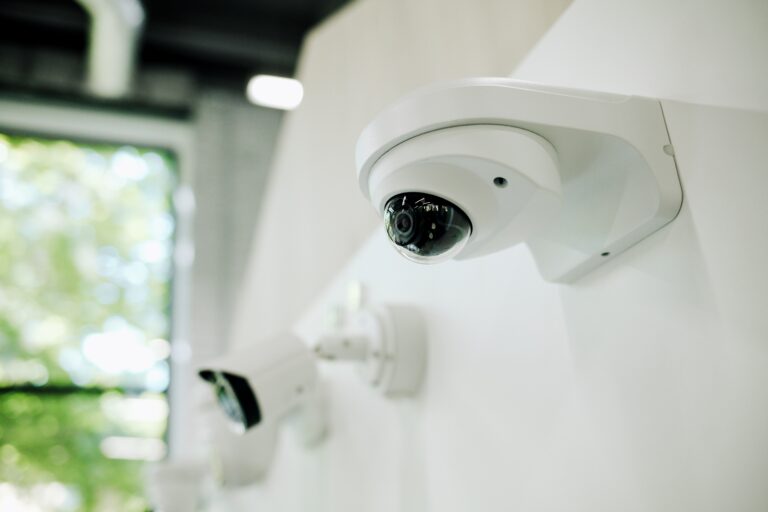
- Behavioral Analytics: AI-driven cameras can analyze patterns of movement and detect anomalies, such as an individual loitering in a restricted area or a sudden crowd formation. This allows security teams to respond to potential threats before they escalate.
- Facial Recognition and Biometric Access Control: For heightened security, biometric technologies are becoming standard. Facial recognition, fingerprint, and iris scanners are being used for access control, eliminating the need for physical keys or cards and providing an irrefutable audit trail.
- Automated Threat Detection: Advanced video analytics can automatically identify unattended packages, detect suspicious objects, or even recognize fire and smoke, immediately alerting authorities and initiating predefined security protocols.
These technologies not only enhance security but also improve operational efficiency. For instance, biometric access can be integrated with time and attendance systems, streamlining HR processes while ensuring secure entry.
3. The Shift to IP-Based Communication and Connectivity
The backbone of any modern ELV system is its network infrastructure. The third major trend is the complete transition from analog and proprietary systems to a single, unified IP (Internet Protocol) network. This approach provides unparalleled flexibility, scalability, and cost-effectiveness.
An IP-based ELV network allows all systems from CCTV and Public Address (PA) systems to Intercom and access control to operate on the same data network. This consolidation simplifies cabling, reduces installation costs, and makes maintenance and upgrades far more straightforward.

For businesses, the benefits are clear:
- Future-Proof Scalability: Adding a new camera or an access point is as simple as connecting it to the network, eliminating the need for complex rewiring.
- Remote Management: IP-based systems can be managed remotely, allowing for troubleshooting and configuration from anywhere with a secure connection.
- Enhanced Functionality: High-bandwidth IP networks enable high-definition video surveillance, crystal-clear audio in PA systems, and real-time data transfer for all connected devices.
4. The Integration of Digital Signage and Public Information Displays
In an increasingly dynamic environment, communication with occupants and visitors is paramount. Digital signage and public information displays are no longer just for advertising; they are an integral part of the ELV ecosystem, providing critical information and enhancing the user experience.
In 2025, these displays are being integrated with other ELV systems to serve multiple functions:
- Emergency Communications: In the event of a fire or other emergency, the displays can instantly switch to broadcast evacuation instructions, safety alerts, and real-time guidance to assembly points.
- Real-Time Data Visualization: Digital displays can show live data on building occupancy, energy consumption, air quality, or even the availability of meeting rooms, helping occupants make informed decisions.
- Interactive Wayfinding: For large commercial complexes, interactive kiosks and screens can provide dynamic maps and turn-by-turn directions, guiding visitors to their destination efficiently.
This trend is particularly powerful when combined with a centralized BMS. For example, if a meeting room is booked through the building’s management software, a digital sign outside the room can automatically update to display the meeting details and the room’s current status.

5. ELV for Health and Wellness in the Workplace
The global pandemic has permanently shifted the focus of commercial spaces toward occupant health, safety, and well-being. The final trend is the growing use of ELV systems to create a healthier and more comfortable indoor environment.
- Advanced Air Quality Monitoring: ELV systems now include sensors that monitor critical indoor air quality parameters such as CO2 levels, volatile organic compounds (VOCs), temperature, and humidity. This data is used to automatically adjust the HVAC system to ensure optimal air circulation and filtration.
- Contactless Technology: From touchless access control and elevator call buttons to voice-activated lighting and sanitary fixtures, businesses are adopting contactless solutions to reduce the spread of germs and improve hygiene.
- Biophilic Design Integration: While biophilic design (the practice of connecting people with nature) is a design principle, ELV systems provide the tools to implement it. Automated lighting systems can mimic natural light cycles to regulate circadian rhythms, while smart irrigation systems can maintain vertical gardens and living walls, enhancing the natural elements of the space.
These wellness-focused ELV solutions are not just about compliance; they are a strategic investment in employee well-being, which has a direct impact on productivity, morale, and talent retention.
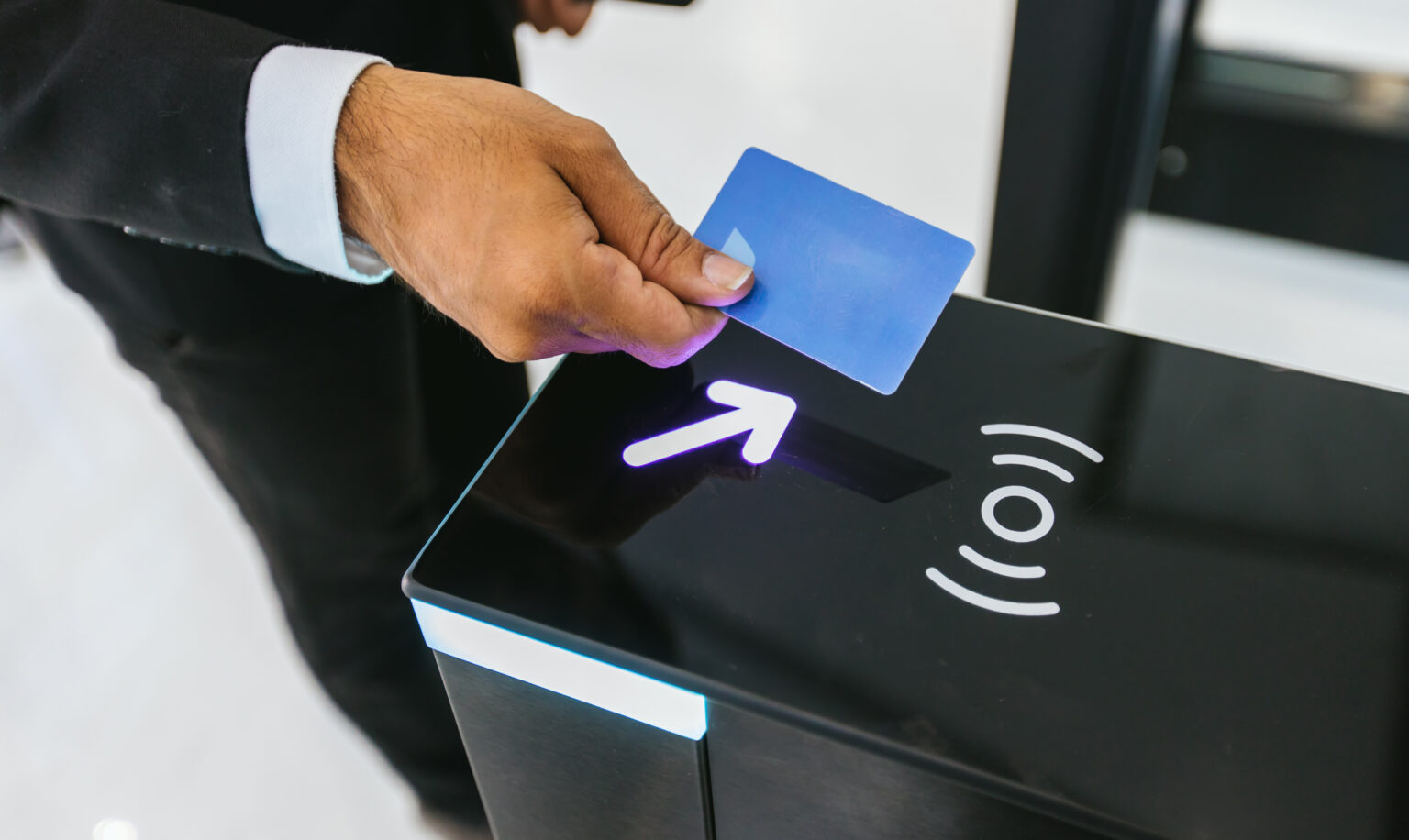
Conclusion: The Future is Here, and It’s Connected
The commercial spaces of 2025 will be defined by their intelligence and interconnectedness. The ELV trends discussed above are not isolated technologies but components of a single, comprehensive vision for a smarter, more secure, and more efficient future.
For businesses in the UAE looking to modernize their infrastructure, Nest IT Solution is your trusted partner. We specialize in designing and implementing these cutting-edge ELV systems, ensuring a seamless and reliable integration that empowers your business to thrive in the new era of commercial technology. From initial consultation to ongoing support, we provide the expertise needed to transform your commercial space from a simple building into an intelligent asset.
Contact us today to learn how we can help you navigate these trends and build the commercial space of tomorrow.

